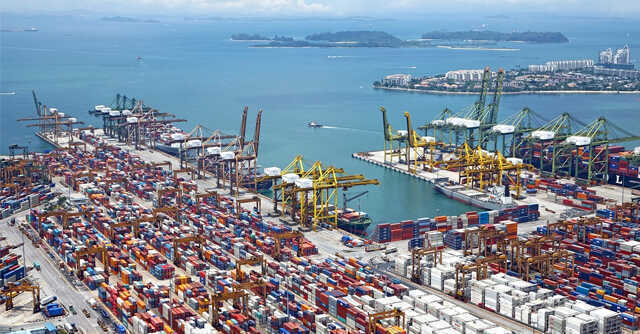
India should lower import tariffs on electronics suggests industry


For India to integrate into global supply chains, its tariffs on inputs should at least match or be less than its competitors.
India has zero tariffs on 32 of the 120 tariff lines but countries like China, and Mexico have zero tariffs on 53 lines and 74 lines, respectively. This is according to a study of 120 tariff lines of electronics priority products in India by ICEA in collaboration with IKDHVAJ Advisers LLP.
These imports constitute 80% of the cost of mobile phones – India’s largest produce out of the US $75 bn electronics sector.

For non-zero tariffs, India’s tariffs are higher for 85% (Thailand, Vietnam) to 95% (China) of these tariff lines. Vietnam’s effective tariffs are lower also because of its FTAs with major suppliers of inputs.
The higher tariffs are evident for the priority products identified by the industry. For finished products, India’s tariffs are slightly lower for only one tariff line of China.
There is no tariff line for inputs (components and sub-assemblies) for which India’s import duty is lower than the competing economies, showing relatively higher production costs in India than the four economies.

The study shows that higher tariffs negate the support provided through PLI Schemes.
Levying tariffs for revenue is counterproductive because of GST losses due to lower output and imports. The higher tariff increases production costs due to expensive imports and the lack of adequate domestic product availability to substitute the more expensive imports – adversely affecting both exports and the ability to link up with GVCs competitively.
“A US $ 300 billion manufacturing target by 2026 requires stability and prior consultation before finalizing tariffs. Tariffs go to the core of competitiveness and scale. For Union Budget 2022-23, we request the government to review all tariffs on inputs for PLI schemes and reduce tariffs in areas where there is no local capacity", said Mr. Pankaj Mohindroo, Chairman ICEA.

The Consideration of tariff increase should be in cases with a large domestic capacity or a clear roadmap with specific, well-identified vendors who can produce components for manufacturers at globally competitive costs, quality, and scale.
